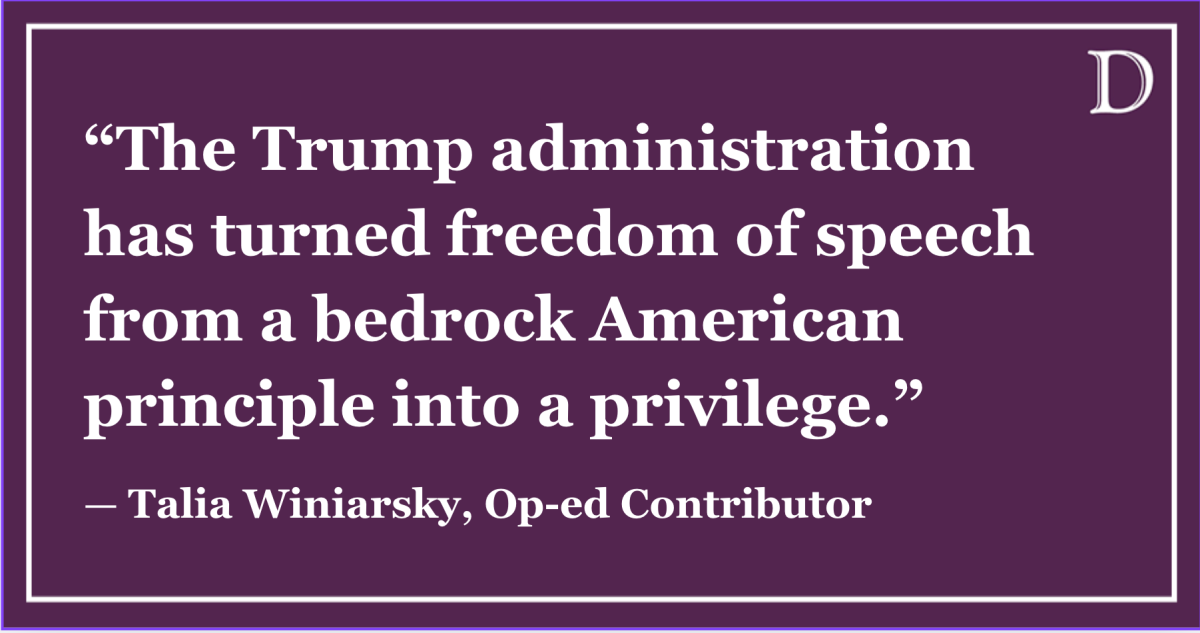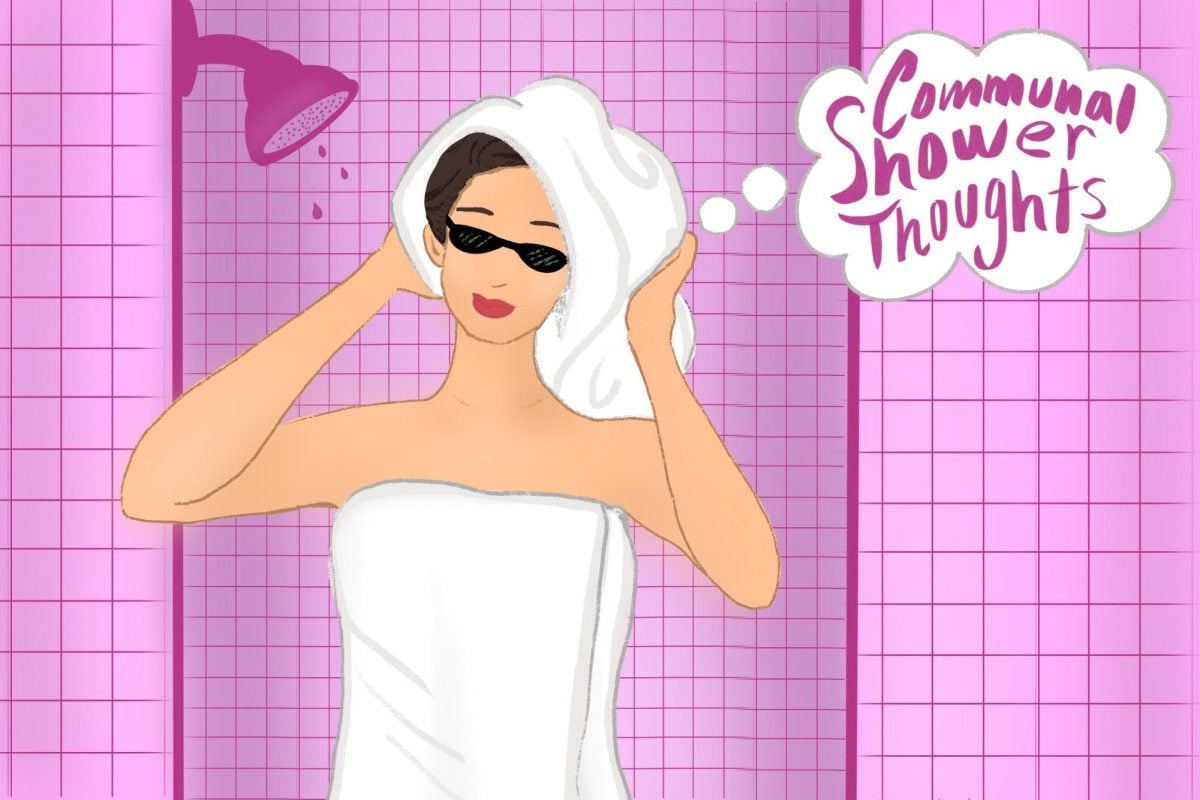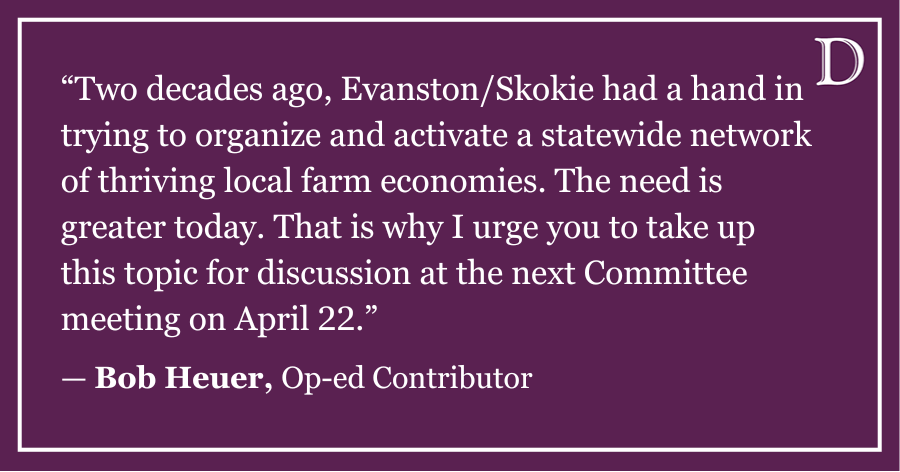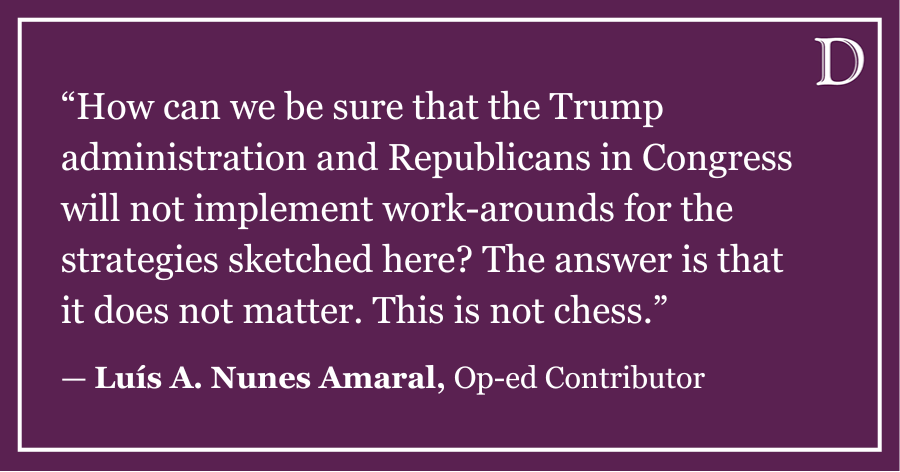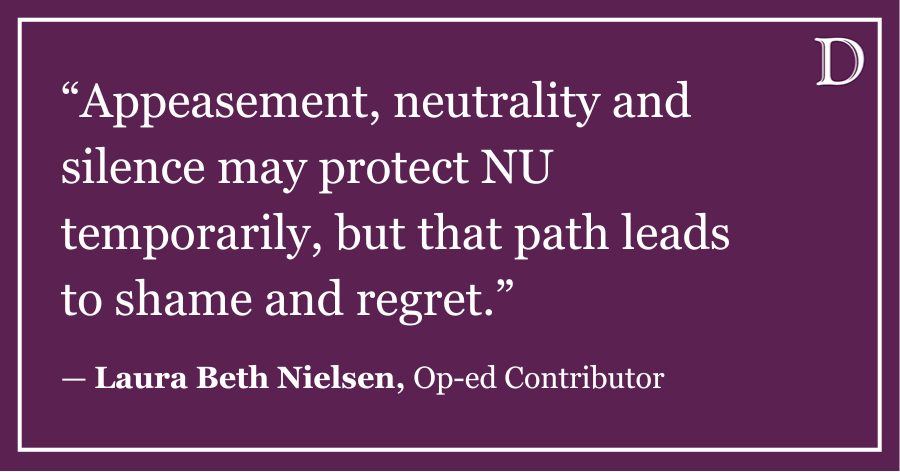These are great times to be a Democrat. Over the last 10 months, Obamacare survived its Supreme Court challenge, the president outfoxed Mitt Romney on the campaign trail and Republicans imploded in Senate races nationwide. Add this to the fact that the administration has conveyed a greater willingness to confront its ideological foes on issues such as gun control and immigration, and one could defensibly conclude that, nationally, Democrats are in the political ascendancy.
But that judgment would be premature. There are a number of cross-cutting trends that will impede the wave of liberal change that commentators like Buzzfeed’s Ben Smith and Mother Jones’ Adam Serwer have predicted since Nov. 6.
For one, the Republicans still control the House of Representatives, and, due to skillful gerrymandering, will probably maintain control of it until at least 2020, when the next census rolls around. The state of Pennsylvania provides an instructive example. Although it is reliably blue at the presidential level (the last Republican to win the state was George H.W. Bush in 1988) and Democrats hold a 1 million voter identification advantage, the state’s delegation in Washington, D.C. is composed of 13 Republicans and just 8 Democrats.
This hold over the house means that any domestic policy that President Obama wants to pass will still require significant Republican input to become law. Moreover, midterm elections typically have older, whiter electorates, which favors Republicans greatly, as we saw in 2010. In terms of winning back the House, 2014 and 2018 will be heavy lifts for the Democrats.
Secondly, the Republicans have one-party control of 24 states, which might not sound like a big deal, but consider that some of the biggest political stories of the last year — think Scott Walker’s raid on collective bargaining rights in Wisconsin or Rick Snyder’s ban on mandatory union membership in Michigan — occurred in states that fit this description.
Third, at least one crucial part of our court system remains friendly territory for conservatives. The Roberts court is expected to overturn or dramatically reshape long-standing precedents on affirmative action and the Voting Rights Act, both of which many liberals hold dear.
Finally, from the Republican perspective, things simply can’t get any worse than they were in 2012. No one will talk about “legitimate rape,” sideshows like Rep. Michele Bachmann (R- Minn.) will not feature as prominently (if at all), and their candidate in 2016 will almost certainly be better than Mitt Romney. Whether it’s Sen. Marco Rubio (R-Fla.), Louisiana Gov. Bobby Jindal or New Jersey Gov. Chris Christie, he or she will almost certainly have cannier political sensibilities than Massachusetts’ tone-deaf ex-governor. Plus, the Republicans are bound to close the yawning digital gap that provided such a crucial edge for the Obama campaign.
This is not to say that the Democratic Party does not currently occupy a position of strength. It does. A two-term president and a Senate majority are nothing to sneeze at. But there are considerable roadblocks between our current, conflicted reality, and the liberal America of the future that so many pundits have hailed.
Michael Kurtz is a Weinberg senior. He can be reached at michaelkurtz@u.northwestern.edu. If you would like to respond publicly to this column, send a Letter to the Editor to forum@dailynorthwestern.com.


